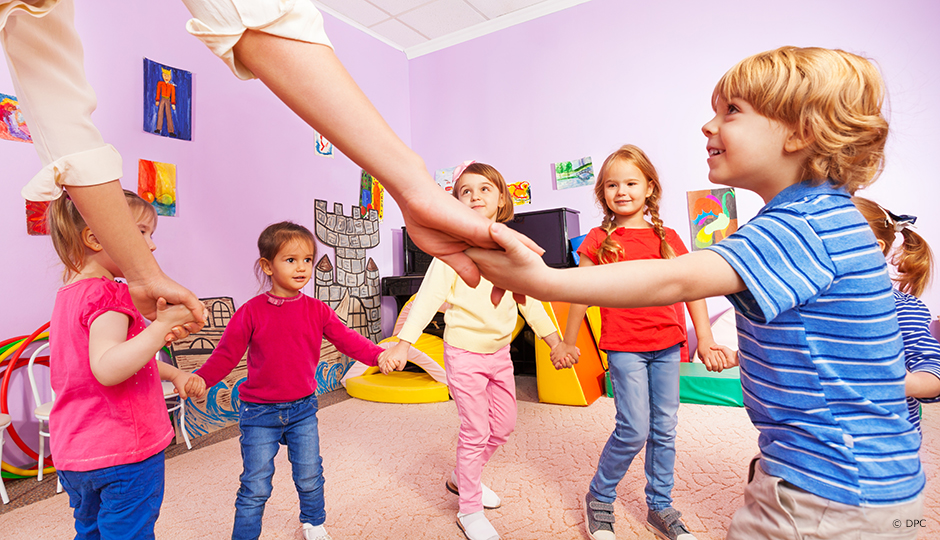Can dance promote vocabulary learning in preschool-age children? The question may be surprising, but it is entirely in line with the desire of the education community to develop new vocabulary learning approaches that take into account the needs of children, both in terms of overall development and the development of vocabulary itself.
The theme of the activity was the four seasons, a rather abstract concept for children four to six years old.
The team of Catherine Turcotte, a professor and researcher in the Department of Special Education and Training at Université du Québec à Montréal, explored this innovative teaching concept with 26 children, 12 of whom attended an early childhood centre (CPE) and 14 of whom were in kindergarten. The theme of the activity was the four seasons, a rather abstract concept for children four to six years old. The children were first invited to talk about each of the four seasons, in order to assess the vocabulary they associated with winter, spring, summer and autumn.
The children then took part in a vocabulary learning exercise in the form of a directed dance activity designed by co-researcher Caroline Raymond, a dance professor at UQAM. Would the activity help students to develop their expressive vocabulary and better understand the seasons and, most importantly, would they retain much of this new knowledge a few weeks later? For the vast majority of the children who had initially expressed knowledge—however minimal—about the seasons, the result was highly positive, demonstrating the potential of this approach.
The researchers have published an illustrated guide to help teachers and educators interested in using this method. They have also had a scientific article published in Les nouveaux cahiers de la recherche en éducation, and another is scheduled for publication in 2016 in the Canadian Journal of Applied Linguistics.




